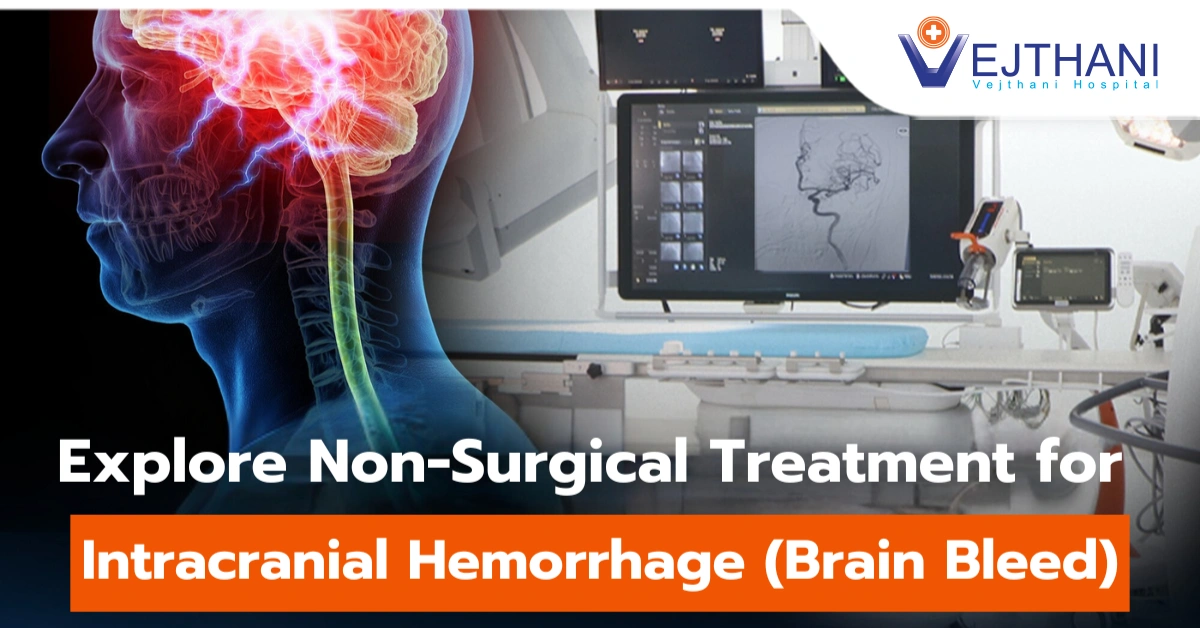
Paget’s disease of the breast
Diagnosis
The following tests and techniques are used to identify Paget’s disease of the breast:
- Breast exam. Your doctor will feel for lumps or other abnormalities in your lymph nodes in the armpit as well as both of your breasts.
- Mammogram. An X-ray breast imaging is done with a mammogram. Breast cancer screening with mammograms is quite widespread. Your doctor might advise a diagnostic mammography if a screening mammogram reveals an anomaly that has to be further investigated.
- Breast ultrasound. Ultrasound employs sound waves to create pictures of inside organs at great depths. If a new breast lump is found to be a solid mass or a cyst filled with fluid, ultrasound may be performed to identify it.
- Breast Magnetic Resonance Imaging (MRI). A magnet and radio waves are used by an MRI machine to produce images of your breast’s interior. You get a dye injection before to a breast MRI.
- Biopsy. A doctor takes a sample of suspect tissue to determine whether the cells are malignant. The biopsy samples are sent to a lab for investigation in order to analyze the type of cells involved in the breast cancer, its aggressiveness (grade), and whether the cancer cells have hormone receptors or other receptors that could affect treatment options.
Depending on your circumstances, additional tests and treatments might be used.
Treatment
It’s likely that surgery will be required if you have Paget’s disease of the breast. The kind of surgery you need will depend on the health of the skin around your nipple and how far along the cancer is in its progression.
The following are treatment options that are available:
Surgery:
- Mastectomy. The entire breast tissue is removed during a mastectomy. In a total or simple mastectomy, all of the breast tissue is removed, including the lobules, ducts, fatty tissue, and some skin, including the nipple and areola.
- Lumpectomy. A lumpectomy, also known as breast-conserving surgery or wide local excision, involves the removal of the malignancy and a small margin of healthy tissue around it by the surgeon. You will then undergo radiation therapy if you decide to pursue this course of action with your doctor.
- Sentinel node biopsy. Your surgeon will go through with you the importance of removing the lymph nodes that are the first to receive the lymph drainage from your malignancy in order to establish whether cancer has spread to your lymph nodes.
The likelihood of detecting cancer in any of the remaining lymph nodes is low if those lymph nodes are cancer-free, thus no additional nodes need to be removed.
- Axillary lymph node dissection. Your surgeon will go over the pros and cons of removing extra lymph nodes from your armpit with you if cancer is discovered in the sentinel lymph nodes.
- Removing both breasts. If they have a very high chance of developing cancer in the other breast due to a genetic predisposition or a significant family history, some women with cancer in one breast may elect to have their second (healthy) breast removed (contralateral preventive mastectomy).
After surgery, you can choose to undergo breast reconstruction. Discuss your options and preferences with your surgeon. Prior to the procedure, consider seeking a plastic surgeon’s recommendation. You may be able to reconstruct your breast using your own tissue or a breast implant. These procedures can be done at the same time as your mastectomy or at a later time.
Adjuvant therapy
Your doctor may advise extra treatment (adjuvant therapy) following surgery, such as hormone therapy, radiation therapy, or chemotherapy to stop the spread of breast cancer. The type of treatment you receive will depend on the cancer’s stage and whether it tests positive for specific traits like estrogen or progesterone receptors.























